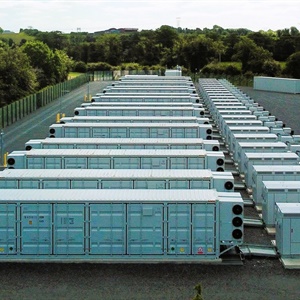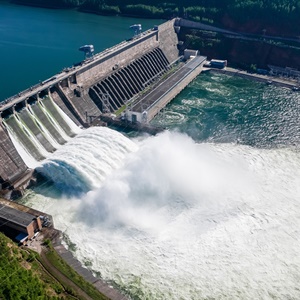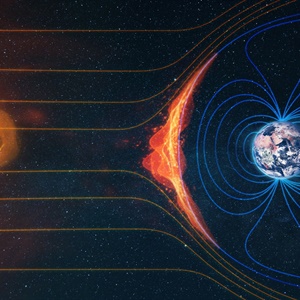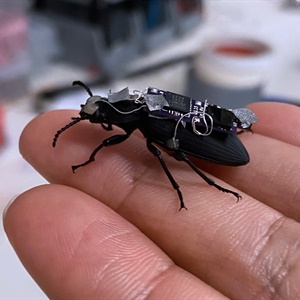Construction on Port Talbot electric arc furnace begins as UK steelmakers pivot to low-carbon
Construction has begun on Tata Steel’s electric arc furnace (EAF), which will eventually allow one of Britain’s remaining steelworks to transition to low-carbon production. In 2023, the government struck a deal with Tata to invest £500m of taxpayer funds in the Port Talbot plant to help fund construction on the EAF. The deal helped to keep the loss-making plant open, with the firm saying it was losing £1.7m a day – a figure that was disputed by unions at the time. EAFs use an electric current to melt scrap steel or iron to produce new high-quality steel, whereas traditional blast furnaces use coke – a carbon-intensive fuel made from coal. The technology could allow carbon emissions at Port Talbot to be reduced by 90%, as long as the energy is generated by renewable sources. The government…























